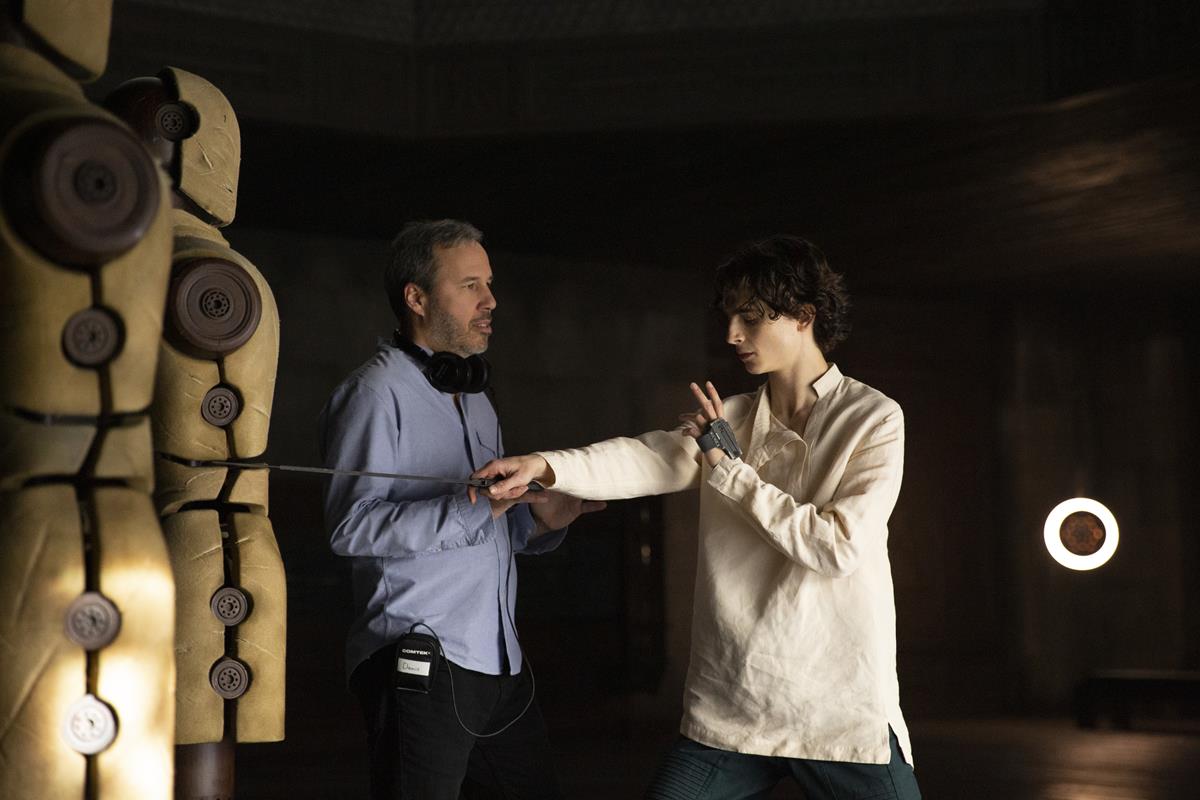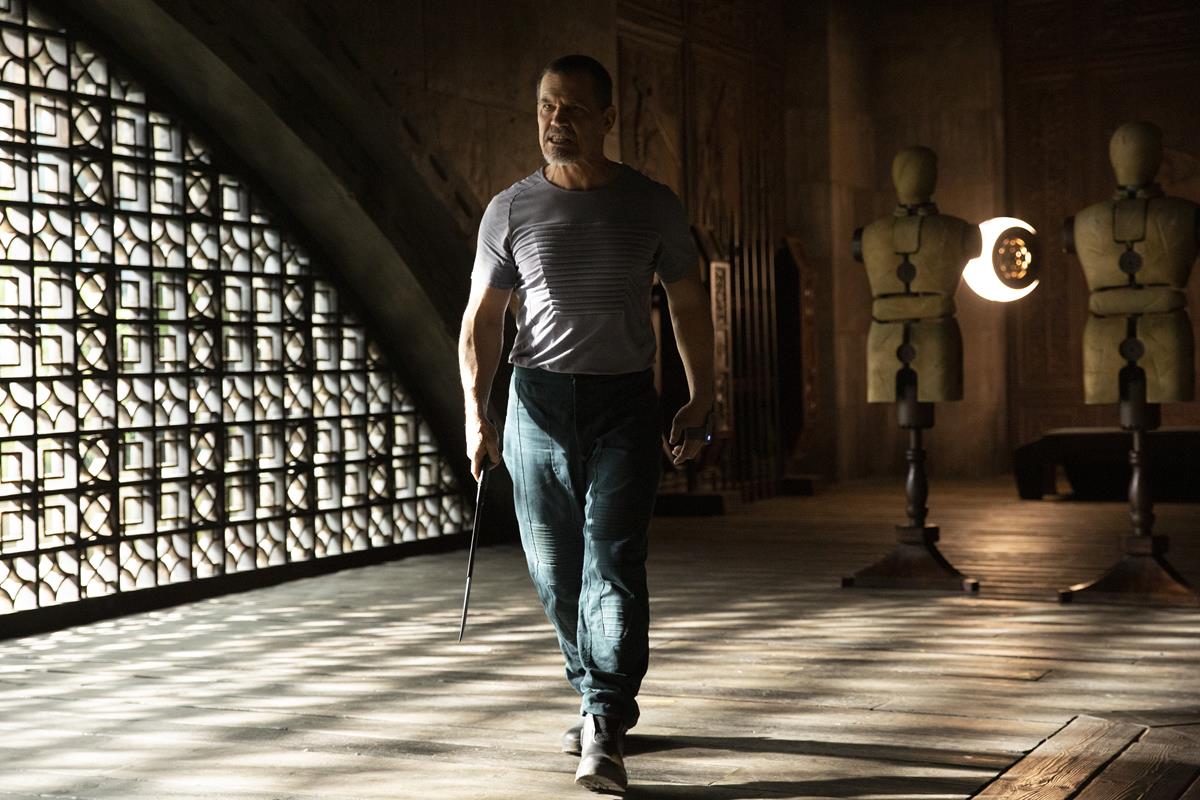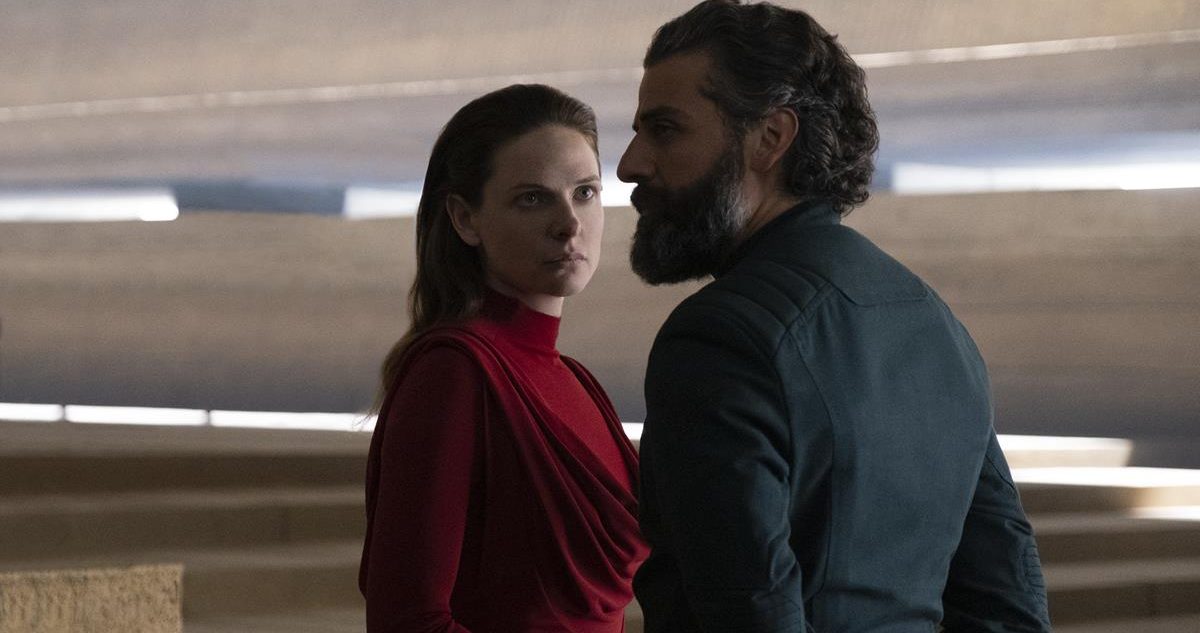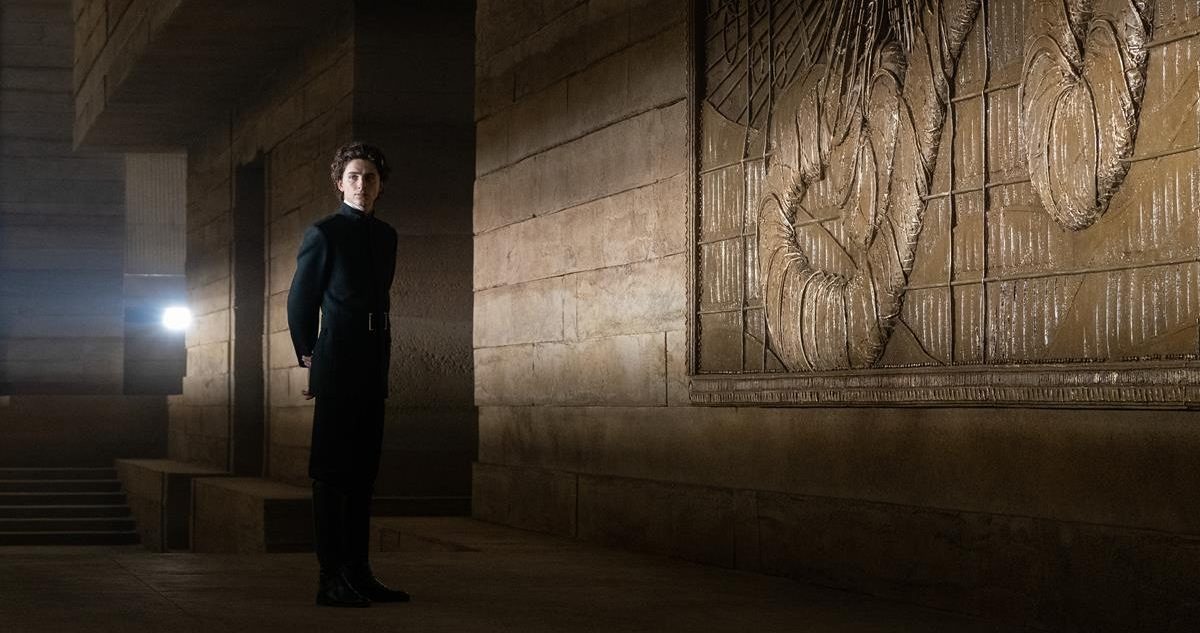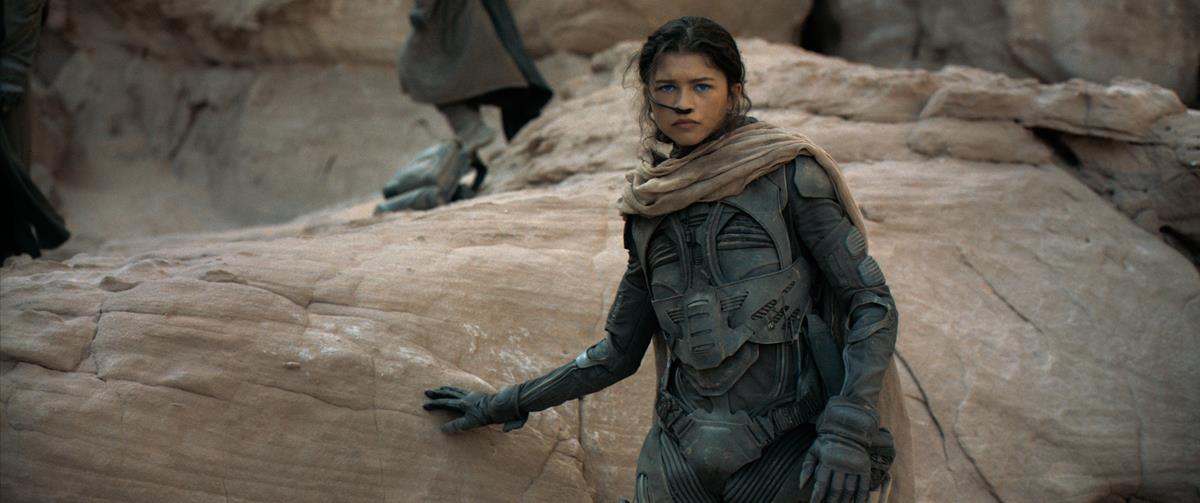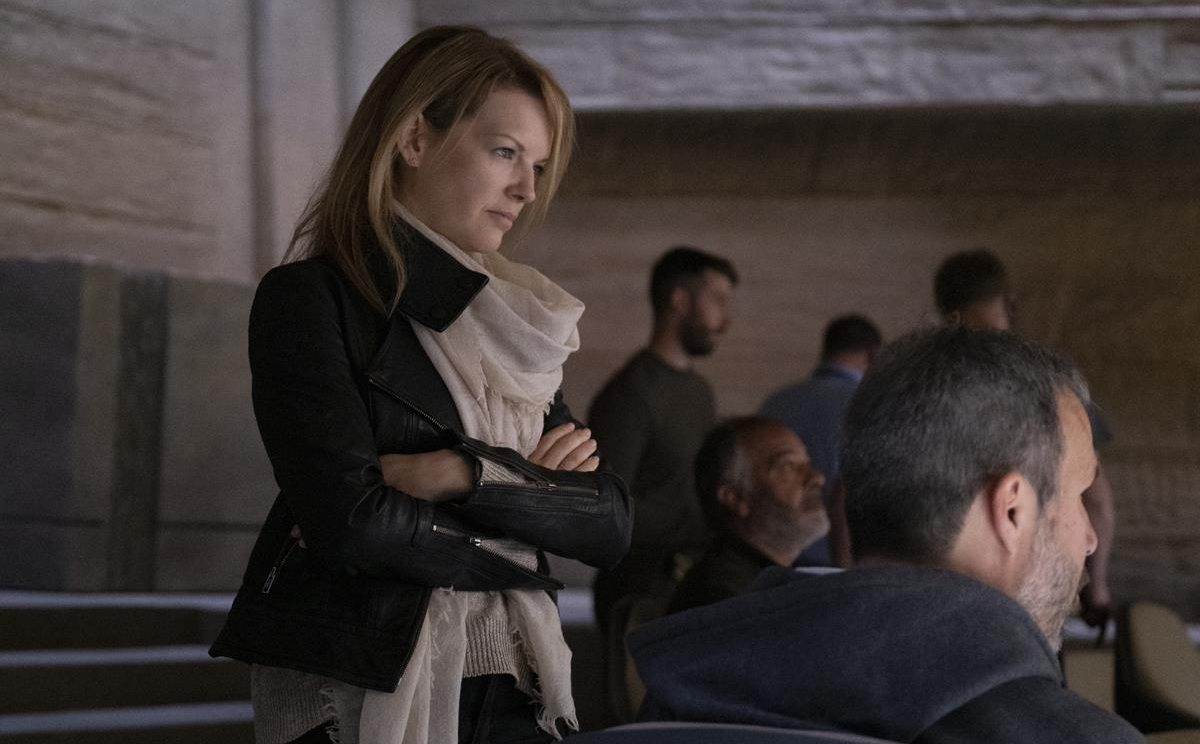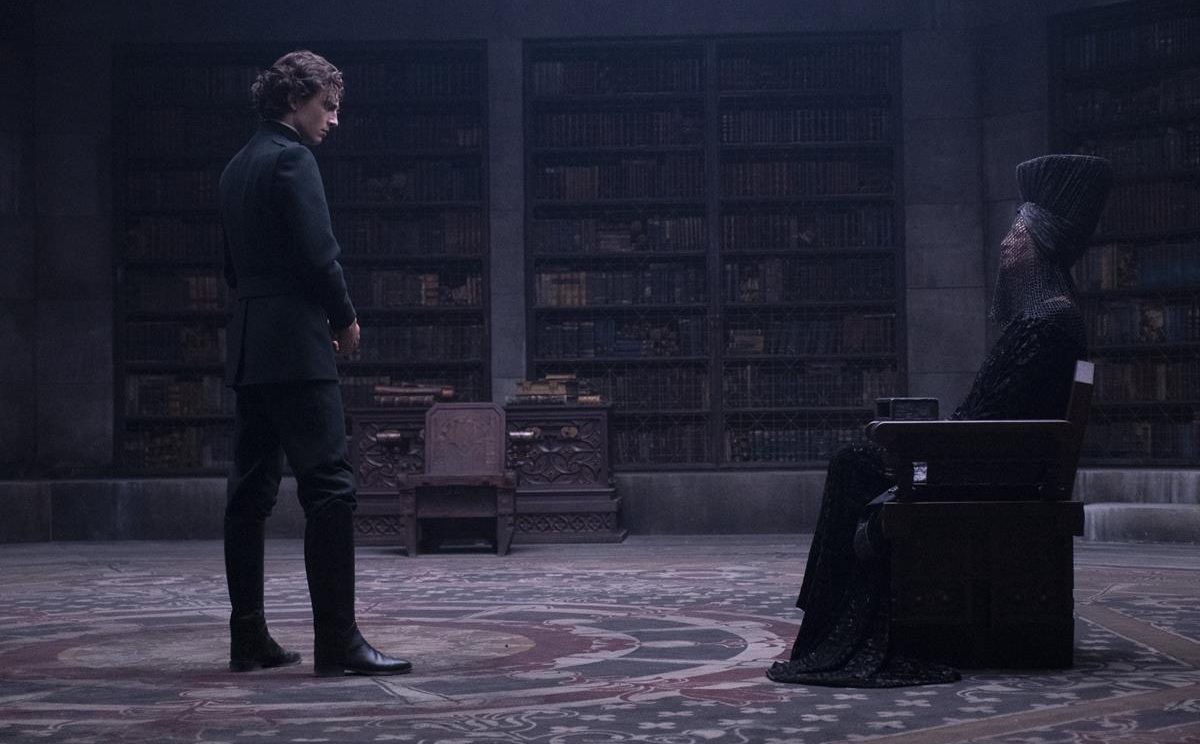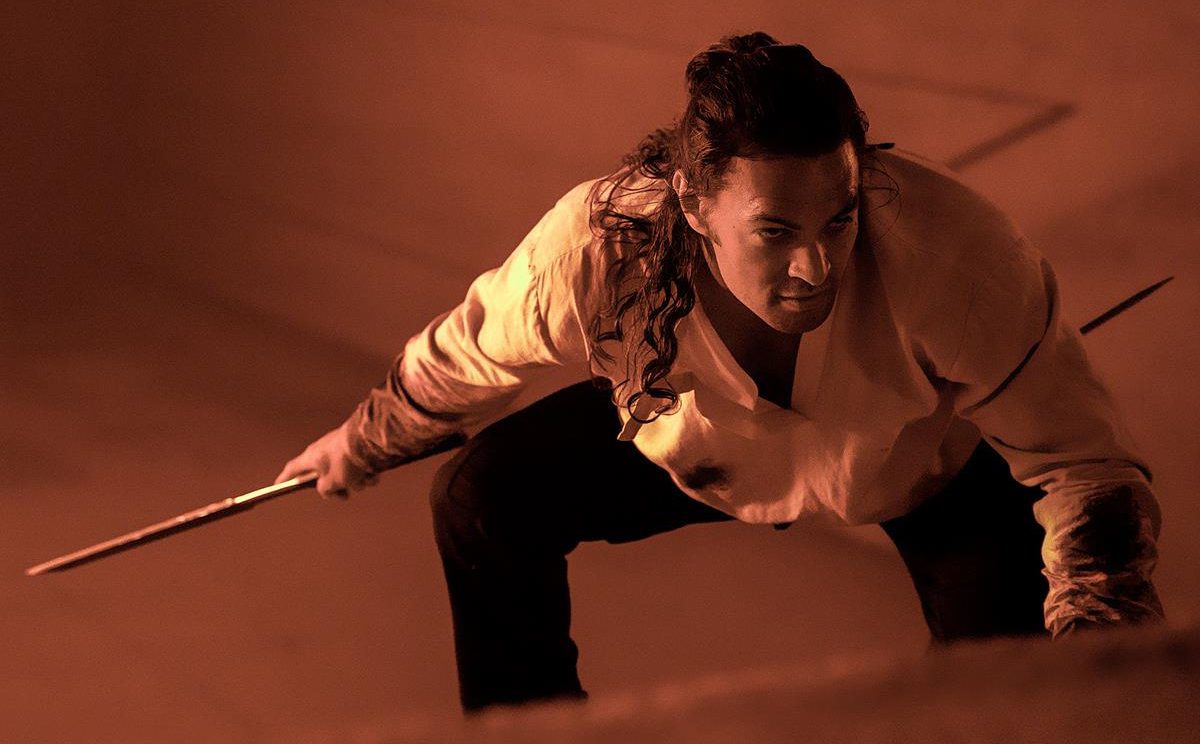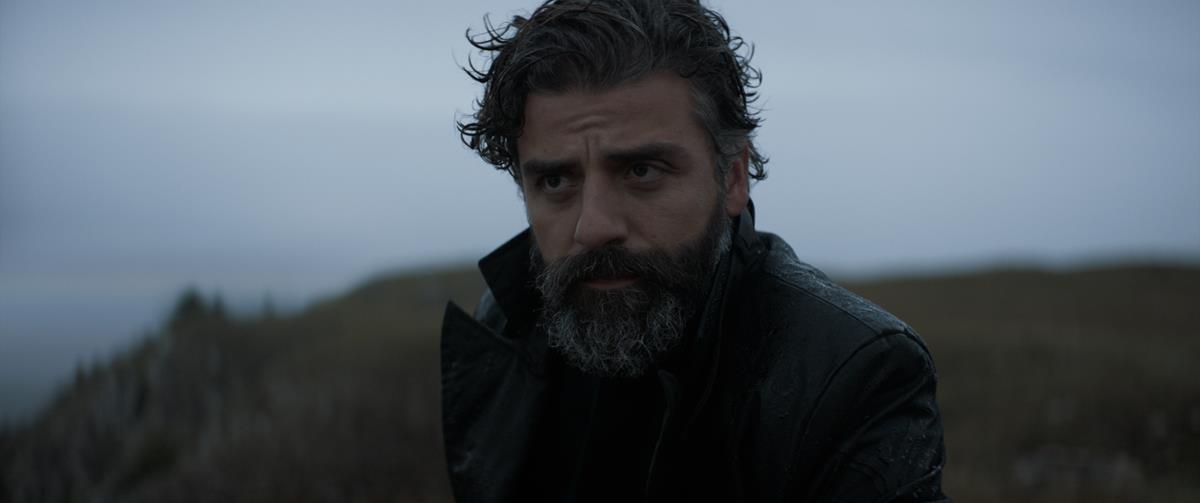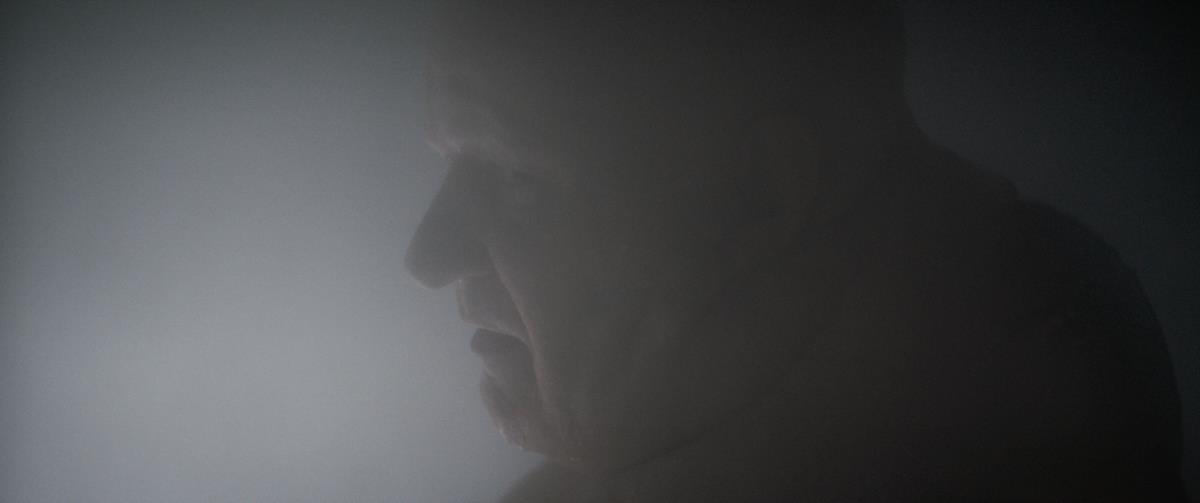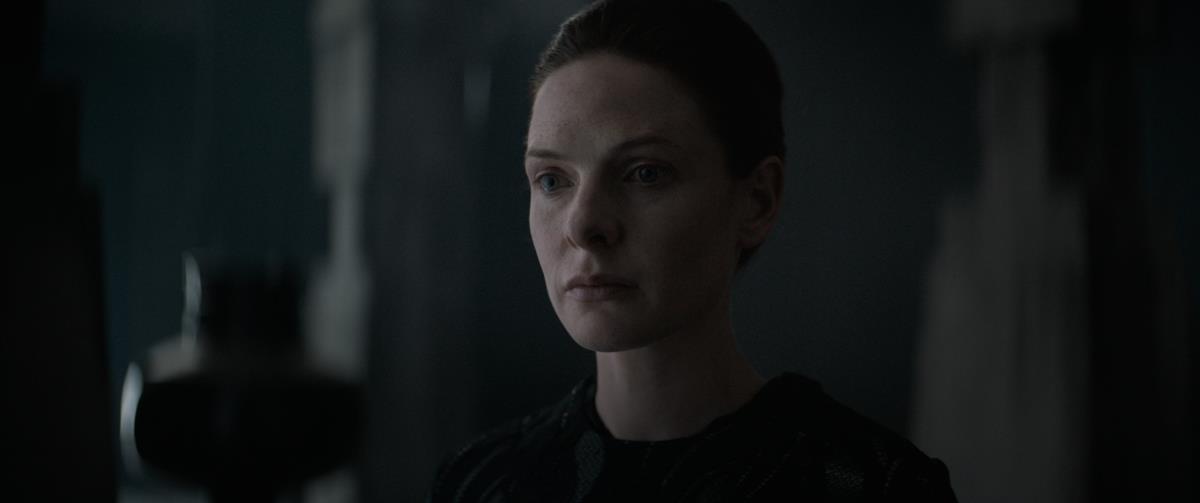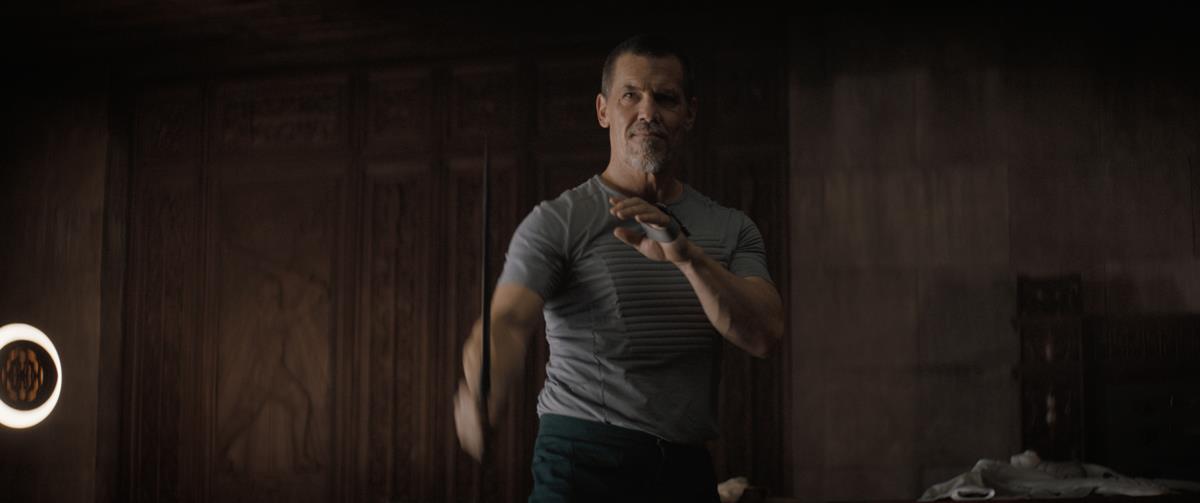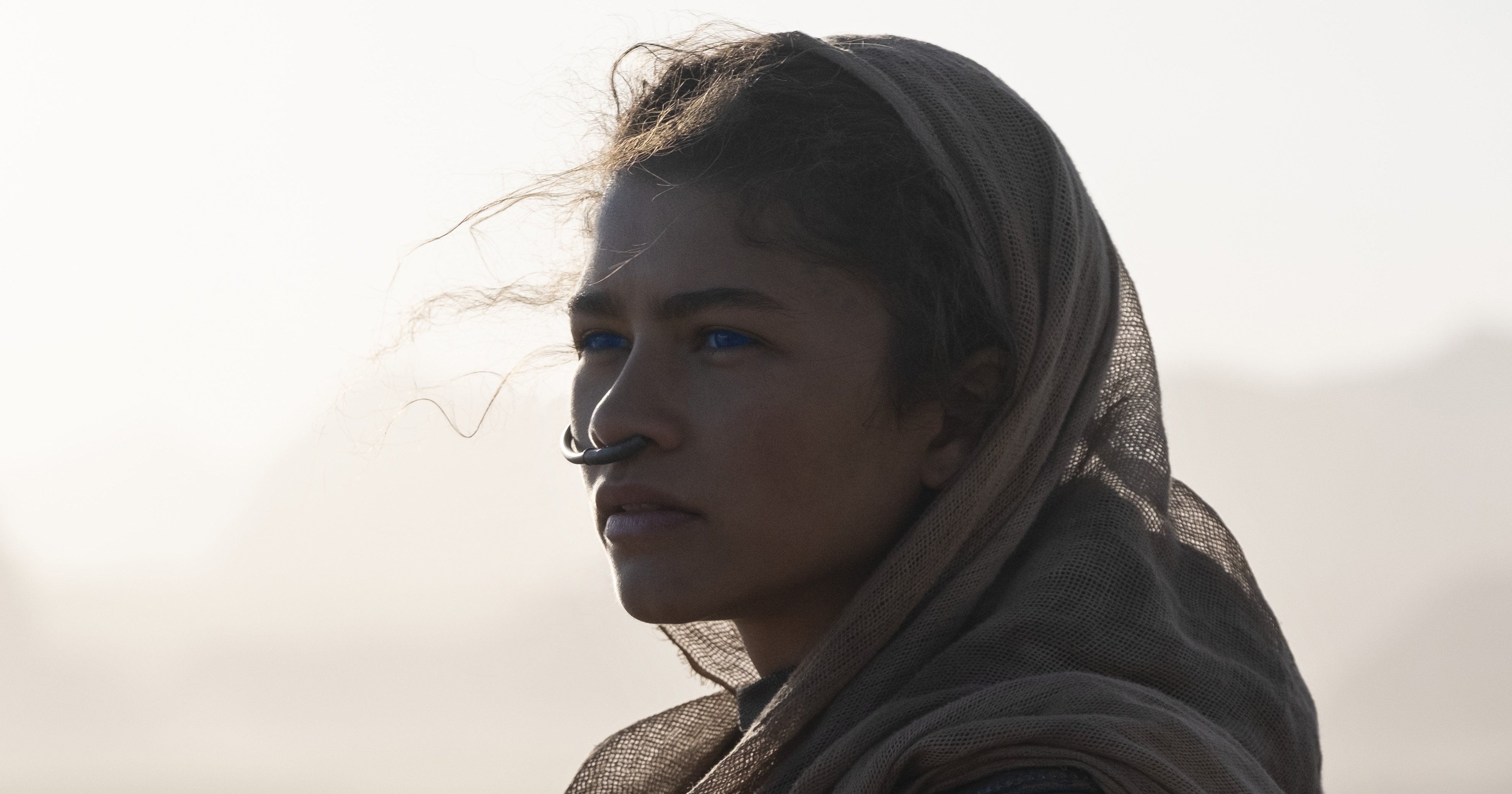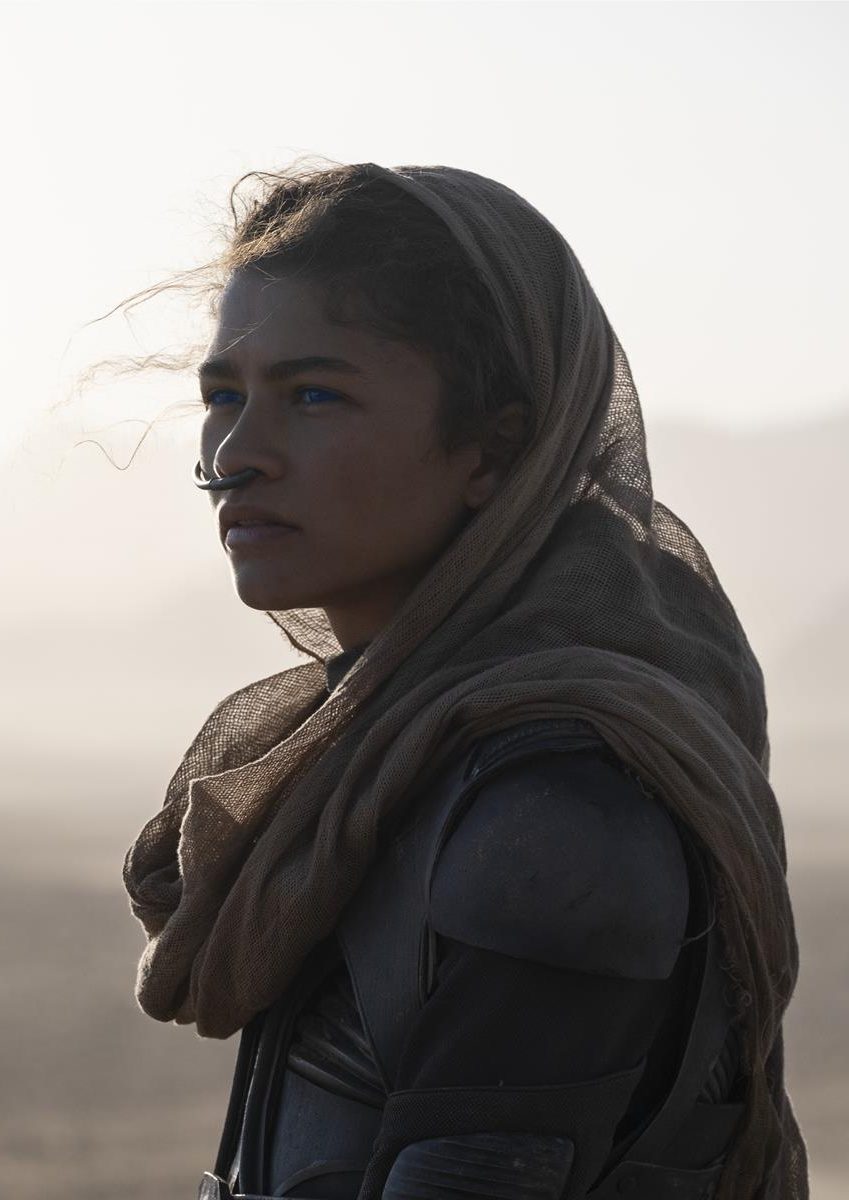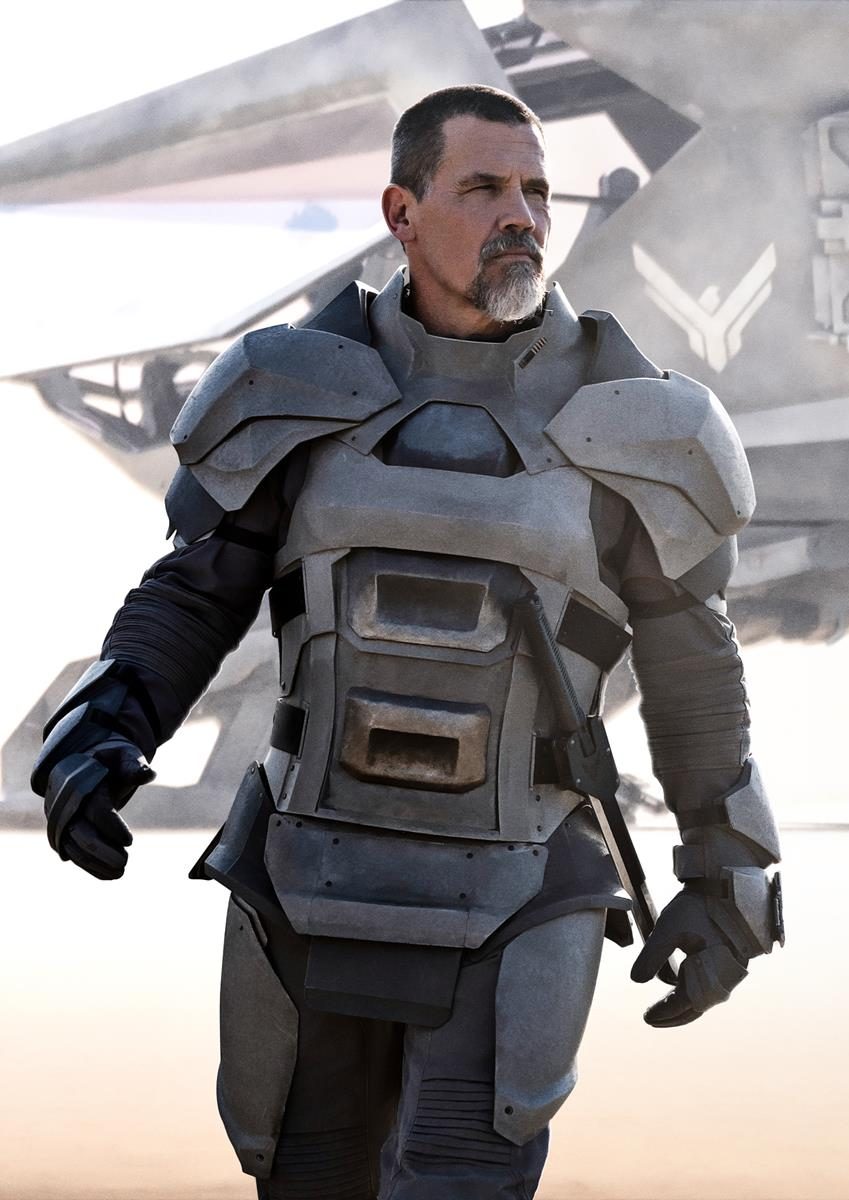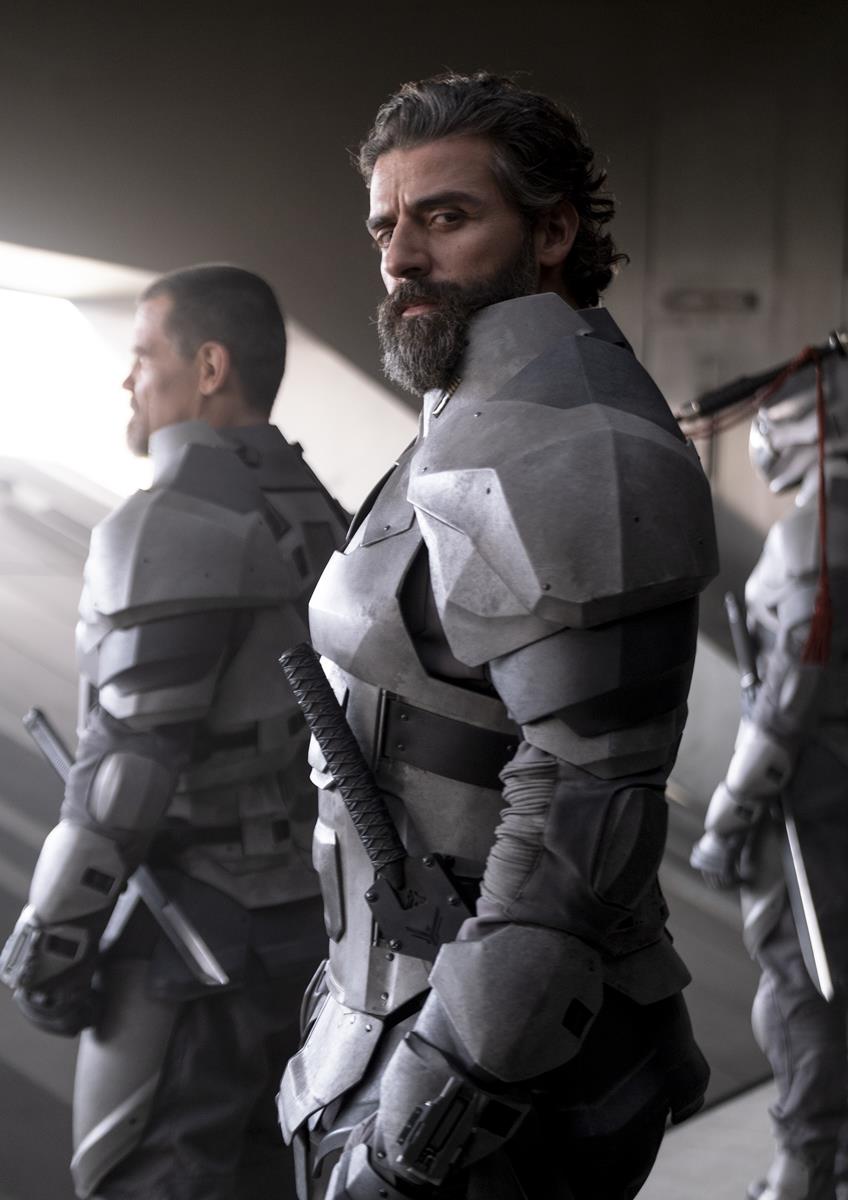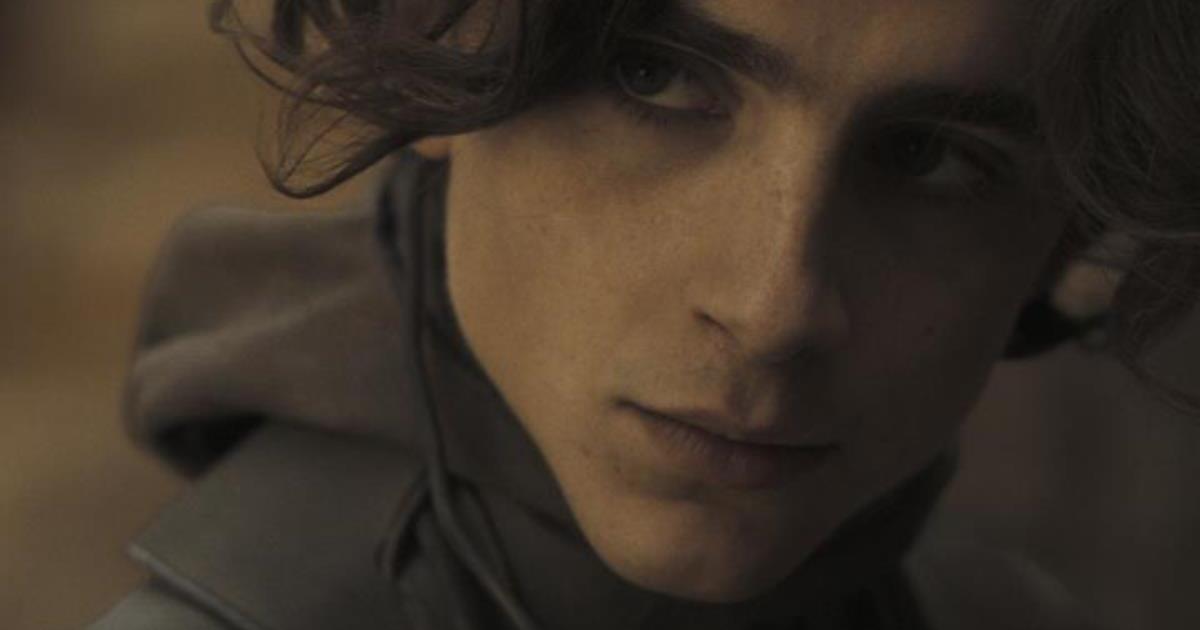
It must be a less stress-inducing experience, doing press when you know the reviews of your film are good. Or better than good, in fact. Dune still has to do the numbers at the box office, but director Denis Villeneuve seems to have conjured a film that even fans of the book will love.
Villeneuve prepared to take on Frank Herbert’s gargantuan and seemingly impossible to film mythology of power, ecology and geopolitics by first making a worthy sequel to Ridley Scott’s Blade Runner.
The massive themes of the book have daunted filmmakers. They range from the impact of colonialism to planetary ecosystems. Villeneuve — who studied science at college with an eye to becoming a biologist — was clearly touched by its environmentalism.
“I discovered the book in my teenage years and I remember being totally fascinated by what it was saying about nature — the true main character of Dune,” Villeneuve says in the film’s production notes.
He added, “To me, Dune is a psychological thriller, an adventure, a war movie, a coming-of-age movie. It’s even a love story.”
“Harkonnens. Messiahs. Deadly, insect-like hunter-seekers. A secretive all-women order of spies, nuns, scientists, and theologians that’s bending history to its will. A spice harvested from an arid desert that enables space travel. ’Thopters. Interstellar war. Giant sand worms,” writes Alissa Wilkinson.
“The world of Dune is a wild one, a tale spun by Frank Herbert in the tumultuous 1960s that mixes fear of authoritarian rule and environmental collapse with fascism, racism, and hallucinatory imagery. The 1965 novel, which eventually garnered widespread acclaim, was followed by a universe of sequels for its rabidly devoted fans. The trappings of its imagined, distant-future world feel wondrous, unfamiliar, and strange,” she continues.
In one of the most intense sequences in Dune, Paul Atreides undergoes the Bene Gesserit’s Gom Jabbar, a deadly test to determine his humanity. This scene showcases some of the incredible world building the film entailed, from the production design and costumes to the background score and acting:
“Or they would, if we hadn’t been steeped in Dune fever for so many years, even prior to the recent arrival of Denis Villeneuve’s extraordinary and resolutely abstruse film adaptation. Even the most Dune-averse person can hardly avoid the long tail of Herbert’s saga, whether they realize it or not.” Read the full article here.
READ MORE: Denis Villeneuve’s new big-screen adaptation underlines why generations have been fascinated by the story.
Given all that, Villeneuve’s masterstroke may have been to cut the book in two. Rather than trying to cram all the themes, characters and plot lines into one bum-numbing movie, this is in fact Dune: Part One with a sequel already far advanced.
Dune, which premiered at the Venice Film Festival to stellar reviews, cost $165 million to produce, and stars Timothée Chalamet, Oscar Isaac, Rebecca Ferguson, Josh Brolin, Stellan Starsgard, Zendaya and Javier Bardem.
Perhaps the Canadian’s only misstep has been to call out Warner Bros. for its plan to stream the movie on HBO Max day-and-date with the theatrical release.
“With this decision AT&T has hijacked one of the most respectable and important studios in film history,” Villeneuve wrote in an open letter published at Variety. “There is absolutely no love for cinema, nor for the audience here. It is all about the survival of a telecom mammoth, one that is currently bearing an astronomical debt of more than $150 billion.”
READ MORE: ‘Dune’ Director Denis Villeneuve Blasts HBO Max Deal (Variety)
Interviewed recently by The New York Times, he seems more emollient — but not much.
“It was for my mental sanity [that I wrote the letter],” he said. “I was so angry, bitter and wounded.”
The director said he understands the pressures of the pandemic, but had made Dune as a love letter to the big screen in the mold of Lawrence of Arabia.
“The decision to stream the film seemed to Villeneuve symptomatic of threats to the cinematic tradition itself, which he sees as fulfilling an ancient human need for communal storytelling,” writes interviewer Helen MacDonald.
Dune is a passion project for the director who has harbored dreams of adapting it to screen for decades. A huge part of his creative vision was to film it on location and to give those desert vistas maximum cinematic impact.
The location sequences were shot in Jordan (in the Wadi Rum desert, where David Lean filmed portions of Lawrence of Arabia), in the UAE, and on huge sets at Origo Studios in Budapest — the same space which housed Blade Runner 2049.
Like No Time To Die, Dune was shot pre-pandemic and that’s significant as these epics could be among the last of this scale shot in traditional fashion on location.
The movie’s cinematographer, Greig Fraser, ASC, came to the project straight after working on the virtual production stage of The Mandalorian. It would stand to reason that, were Dune shot today, virtual production would come into play to reduce production costs and for COVID safety.
According to the Times, when Fraser offered the technology to Villeneuve, the director declined, saying he wanted to shoot the movie in real desert landscape, “for my own mental sanity, to be able to inspire myself to find that feeling I was looking for of isolation, of introspection.”
READ MORE: The Man Who Finally Made a ‘Dune’ That Fans Will Love (The New York Times)
However, in an interview with IBC 365, Fraser said that in fact the technology at that time (in 2019, between March and July) wasn’t yet ready to be used on anything other than the highly bespoke setup at ILM for Disney. However, he suggested that virtual production could play a role mixed with location work for the Dune sequel.
READ MORE: Behind The Scenes: The Mandalorian’s Groundbreaking Virtual Production (IBC 365)
Like No Time To Die, Dune also features sequences shot using IMAX cameras to enhance the spectacle. Unlike NTTD, however, Dune was shot digitally. Paul Atreidis’ visions, dreams and the desert sequences are shot on IMAX-certified Alexa LF cameras, with the rest shot in 2:35 format on the Alexa LF with large-format Panavision Vista and H-series lenses.
Nonetheless, Fraser says he did compromise a bit. “We then did another technique where we filmed out the digital, meaning once the film was edited, Fotokem filmed it and then a negative was created. Next, they scanned that negative back in, so the film, which everybody sees, has been through an analog process. It’s a technique I’d been playing with for a little while but hadn’t actually applied to a feature film before.”
Again, as befitting the tactility of the film’s aesthetic, many of the effects are shot in-camera. This included building a big platform under the sand in Jordan which were able to be vibrated by ten engines to simulate the earth-shaking movement of the worms.
Another unique technique was the invention of a sand-colored screen rather than a blue or green screen. VFX Supervisor Paul Lambert (DNEG) explains, “Because we knew that any background plate or CG environment was essentially going to be sand colored, the foreground live action would already be immersed in the same colored environment. The bonus of this technique was that if you invert the sand color during the compositing process, you end up with a blue color, which then acts like a blue screen, allowing you to then do a more traditional matte extraction.
“Obviously, there are some issues with that — skin tone and similar sand colors will be a little more problematic — but you end up with a far more natural looking visual when you are compositing an image that has been extracted from a color similar to what the final color is going to be. It’s a straightforward technique but very effective for this movie, which is all about sand.”
Kudos must also be given to editor Joe Walker, ACE, who has cut the director’s last four pictures. Walker and Villeneuve are not just collaborators but friends: they even shared a Christmas with each other’s families.
As the pair began work on the sequel COVID-19 necessitated remote working which Villeneuve found taxing. “It’s not the same,” he told the NYT. “It’s like playing music. There are so many ideas that Joe and I have, I don’t know if it’s his idea or my idea — it comes from the addition of us both being in the room. Which is by far my favorite thing about cinema.”
Again, the most sensible decision Villeneuve and the film’s producers have taken is to treat the book with respect for its complexity and not bite off more than they can chew.
“It was by far the biggest movie I’ve ever made, the most challenging,” he says. “Dune is an appetizer for the second part still to come, which is the main meal.”
Want more? In a Q&A with Robbie Collin presented by the BFI, Villeneuve discusses his vision for the deserts of Arrakis and his career leading up to Dune, including the play that served as inspiration during his nine-year filmmaking hiatus. Watch the full interview in the video below:



